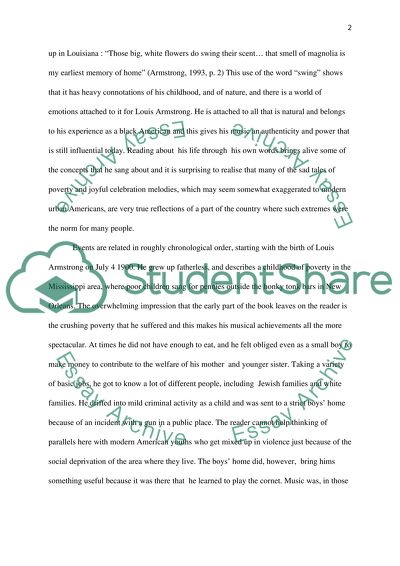Cite this document
(“Swing That Music by Louis Armstong Book Report/Review”, n.d.)
Retrieved from https://studentshare.org/family-consumer-science/1421085-swing-that-music-by-louis-armstong
Retrieved from https://studentshare.org/family-consumer-science/1421085-swing-that-music-by-louis-armstong
(Swing That Music by Louis Armstong Book Report/Review)
https://studentshare.org/family-consumer-science/1421085-swing-that-music-by-louis-armstong.
https://studentshare.org/family-consumer-science/1421085-swing-that-music-by-louis-armstong.
“Swing That Music by Louis Armstong Book Report/Review”, n.d. https://studentshare.org/family-consumer-science/1421085-swing-that-music-by-louis-armstong.


